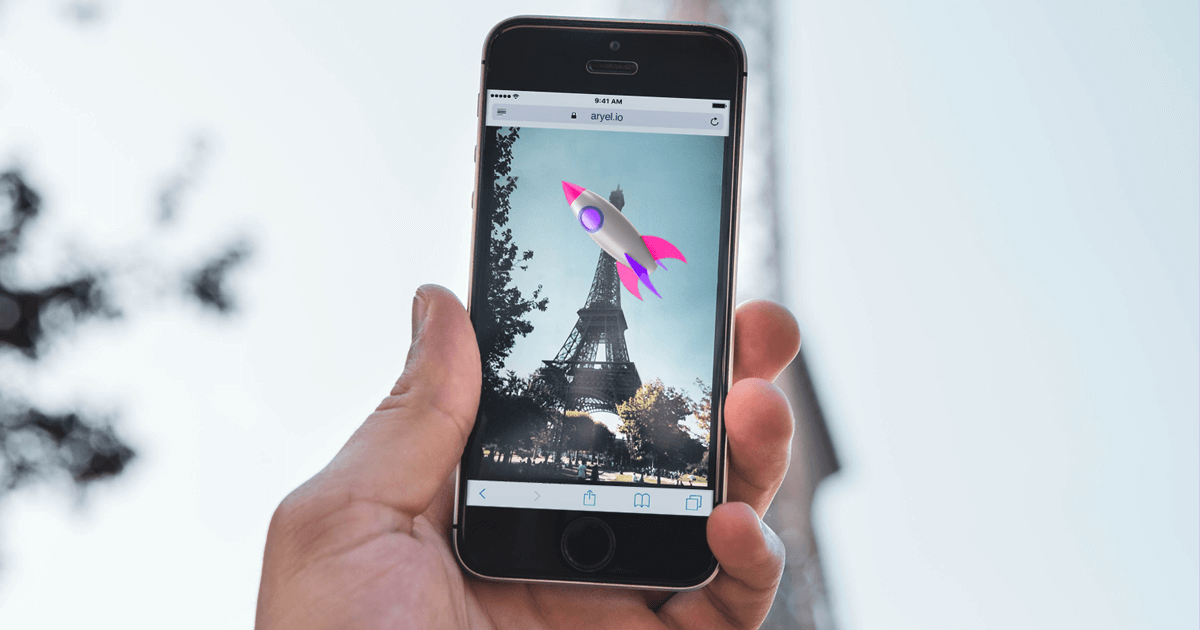Augmented Reality works overlaying digital components in the real-world environment: that’s why it’s easy to understand how AR is going to take over the travel industry.
For a business that is often selling physical environments, Augmented Reality can enhance the whole travel experience, making it more mundane and exciting, boosting sales of hotels, air companies, museums, and much more.
Get ready to feel some wanderlust, our journey into AR for the travel industry has just begun!
As this stat reports, 66% of millennials book their trip using a smartphone, and in 2018 they spent $200 billion on travel.
With these impressive numbers, and considering Millennials and Gen Z are the generations more interested in experiencing AR, it’s easy to see why this technology is expected to take over the travel industry very soon.
Let’s not waste time, and let’s see a quick rundown of some ways travel businesses can integrate AR into their marketing strategy.
Booking a flight is usually not much of an experience: it can be stressful and pretty annoying — also considering that with low-cost companies, there often are a lot of restrictions and not-included features.
By implementing AR on their websites, air companies can easily make purchases more enjoyable.
How? By letting customers see on their devices the actual seats they’re booking, the exact sizes of luggage allowed in the cabin, and even the safety instructions before take-off.
This last application, primarily, can be easily implemented with Aryel, making the users scan the safety instructions board on the back of the seat in front of them to see on their smartphone the complete demonstration before the take-off.
Breaking down language barriers can be hard, and signals are usually displayed in no more than 2 or 3 languages.
Here’s where WebAR enters the game! — not sure what is it? Check it here!
If they can’t understand the language, all users need to do is point their camera at the text. The translation app will do the rest, providing all the useful facts about the points of interest they’re exploring.
Even better, with a platform like Aryel, which supports location-based AR, showing information about a place, it’s easy as pie. This technology uses GPS data and a digital compass to define the user’s device location and position — this is a massive benefit for the Travel Industry.
Nowadays, who doesn’t research a lot about hotels before booking a room? Indeed.
WebAR allows hotels and accommodation facilities of all sorts to provide customers with plenty of information on demand, improving the overall experience.
Think about browsing your hotel room from home, even before deciding whether to book it or not, or see what the view from the window looks like: you can actually dive into the local landscapes and skyline thanks to Augmented Reality!
With such a mundane business like the Travel Industry, applications of Augmented Reality are virtually endless.
From giving travelers the information they need while exploring a new city, to immersing themselves in new cultures without language barriers, WebAR technology — such as Aryel’s one — is the key to enhancing and enriching their whole experience abroad.



